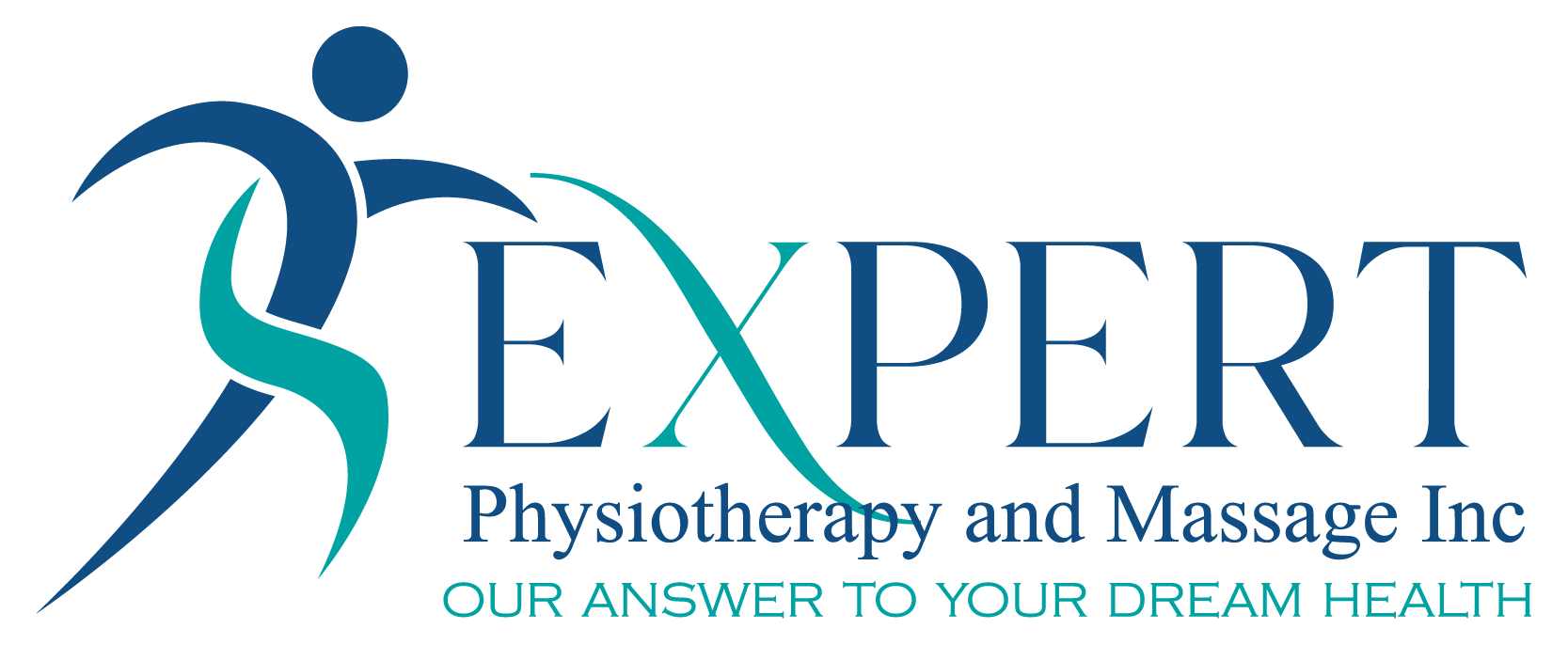Coccydynia, commonly referred to as tailbone pain, can be a frustrating and persistent condition that affects many individuals. While it might seem like a minor discomfort at first, it can significantly impact daily activities such as sitting, walking, and even sleeping. Fortunately, physiotherapy offers effective solutions to alleviate pain and promote healing.
Understanding Coccydynia
The coccyx, or tailbone, is the small triangular bone at the base of the spine. It plays a crucial role in providing support and stability to the pelvis and serves as an attachment point for various muscles, tendons, and ligaments. Coccydynia occurs when the coccyx becomes inflamed, irritated, or injured, leading to pain and tenderness in the area.
Common Causes of Coccydynia
Coccydynia can result from various factors, including:
- Trauma: Direct impact from a fall or accident can bruise or fracture the coccyx.
- Repetitive Strain: Prolonged sitting on hard or uncomfortable surfaces can strain the tailbone.
- Childbirth: Vaginal delivery can sometimes cause injury to the coccyx.
- Degeneration: Age-related wear and tear can lead to joint or ligament issues around the coccyx.
- Infections or Tumors: Though rare, these can also cause tailbone pain.
Symptoms of Coccydynia
The most common symptoms of coccydynia include:
- Persistent pain at the base of the spine, especially when sitting or leaning backward.
- Tenderness or swelling around the coccyx.
- Increased pain during activities like cycling or prolonged sitting.
- Difficulty with bowel movements or discomfort during sexual activity.
How Physiotherapy Can Help
Physiotherapy is a cornerstone treatment for managing coccydynia. Here’s how it can provide relief:
- Pain Management Techniques:
- Use of heat or cold therapy to reduce inflammation and soothe pain.
- Ultrasound therapy to promote healing in deeper tissues.
- Manual Therapy:
- Gentle mobilization techniques to improve mobility and alignment of the coccyx.
- Soft tissue massage to release tension in the surrounding muscles and ligaments.
- Posture Correction:
- Identifying and addressing poor sitting and standing postures that contribute to pain.
- Providing ergonomic advice for seating and workstations.
- Pelvic Floor Rehabilitation:
- Strengthening and relaxing pelvic floor muscles to support the coccyx and reduce strain.
- Stretching and Strengthening Exercises:
- Targeted exercises to strengthen the core and pelvic region, reducing pressure on the coccyx.
- Gentle stretches to relieve tension in the gluteal muscles and lower back.
- Education and Lifestyle Modifications:
- Guidance on avoiding activities that exacerbate pain.
- Recommendations for cushions or seating adjustments to reduce pressure on the tailbone.
When to Seek Help
If you’ve been experiencing persistent tailbone pain for more than a few weeks, it’s time to consult a physiotherapist. Early intervention can prevent the condition from worsening and ensure a faster recovery.
Conclusion
Coccydynia can be a challenging condition, but with the right approach, relief is within reach. Expert physiotherapy and massage treatments offer tailored solutions to address the root cause of your pain and restore your quality of life. Don’t let tailbone pain hold you back—seek professional help and start your journey toward recovery today.


